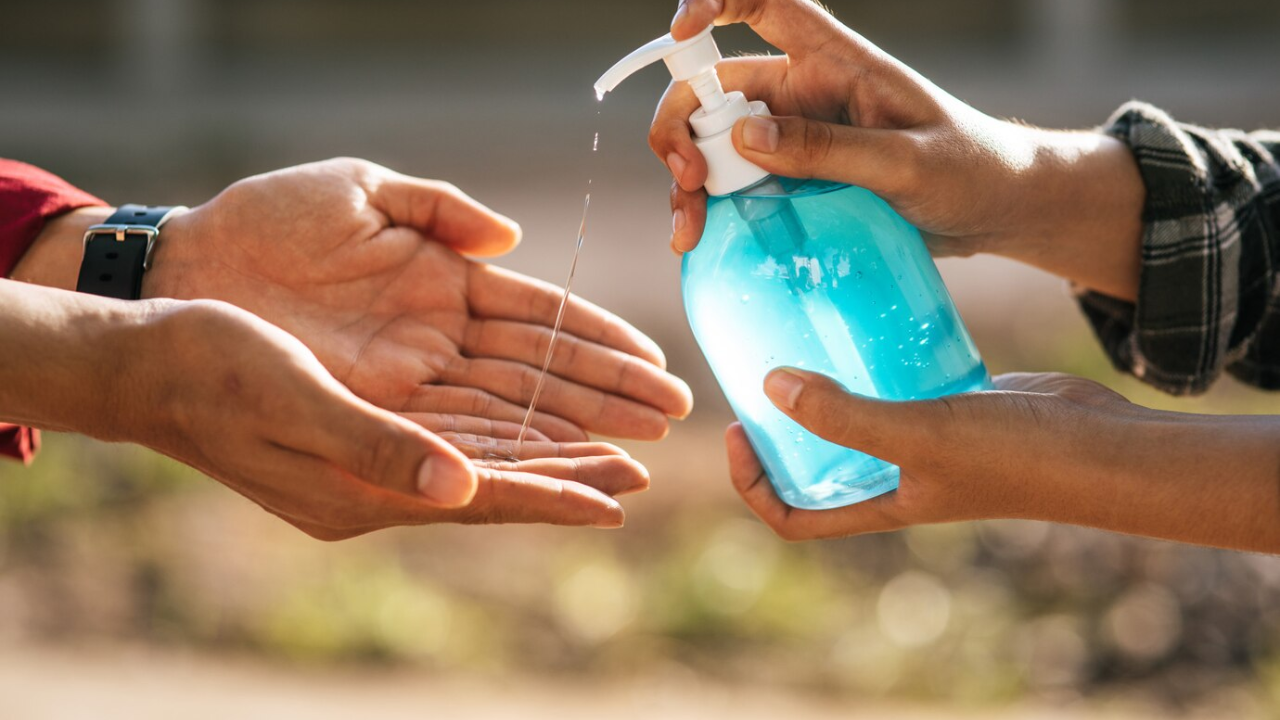Blog detail

December 09, 2024
by Nanzpharma
The Difference Between Povidone Iodine and Other Antiseptics
Antiseptics play an essential role in infection control across medical procedures, wound care, and hygiene practices. While many options exist, Povidone Iodine stands out due to its broad-spectrum efficacy and versatility. Having sufficient knowledge about its unique properties compared to other antiseptics, hospitals and businesses can make informed decisions suitable to their specific needs. Composition and Mechanism of Action Povidone Iodine: A Broad-Spectrum Solution Povidone Iodine is a water-soluble complex of iodine and polyvinylpyrrolidone, widely recognised for its effectiveness against a broad range of pathogens. Its mechanism of action involves the gradual release of free iodine, which penetrates cell walls and disrupts the metabolic processes of bacteria, fungi, viruses, and spores. This makes it a reliable antiseptic for various medical applications, including surgeries and wound care. Other Antiseptics: Specific Mechanisms Other widely used antiseptics, such as chlorhexidine, hydrogen peroxide, and alcohol-based solutions, have distinct mechanisms and scopes: While these antiseptics excel in specific scenarios, they do not match the broad-spectrum action of Povidone Iodine, which is effective against a wider range of pathogens, including spores. Applications in Medical and Clinical Settings Povidone Iodine: Versatile Usage Povidone Iodine is used extensively in surgical preparation, wound care, and skin disinfection. Its application spans from preoperative skin cleansing to treating chronic wounds and burns. Its versatility ensures efficacy in emergency care, routine medical procedures, and even home healthcare settings. Other Antiseptics: Focused Applications Other antiseptics serve more specialised roles: Safety and Tolerability Povidone Iodine: Trusted for Long-Term Use One of the significant advantages of Povidone Iodine is its low potential for microbial resistance, making it a trusted choice for long-term use in infection control. It is generally well-tolerated, though caution is necessary for individuals with iodine sensitivities or thyroid disorders. The antiseptic is also suitable for use in varying concentrations, ensuring flexibility in its application. Other Antiseptics: Key Considerations Cost and Accessibility Povidone Iodine: Affordable and Widely Available Povidone Iodine is accessible in various forms, including solutions, ointments, and powders, making it suitable for a range of healthcare applications. Its cost-effectiveness and long shelf life add to its appeal for large-scale use in hospitals, clinics, and manufacturing. Other Antiseptics: Variable Costs and Availability Environmental Impact and Sustainability Povidone Iodine: Biodegradable Option Povidone Iodine has a favourable environmental profile as it is biodegradable and less likely to accumulate in ecosystems. Its use aligns with sustainable practices, making it a responsible choice for industries prioritising environmental impact. Other Antiseptics: Mixed Profiles Choosing the Right Antiseptic for Optimal Care Povidone Iodine offers a unique combination of broad-spectrum efficacy, safety, and versatility that sets it apart from other antiseptics. Its ability to address a wide range of pathogens makes it indispensable in healthcare and hygiene settings. For businesses and healthcare providers looking for a dependable antiseptic solution, Povidone Iodine remains a trusted choice. Nanz Med Science, with its expertise in delivering high-quality antiseptic products, ensures solutions that address the evolving needs of healthcare and other industries.

